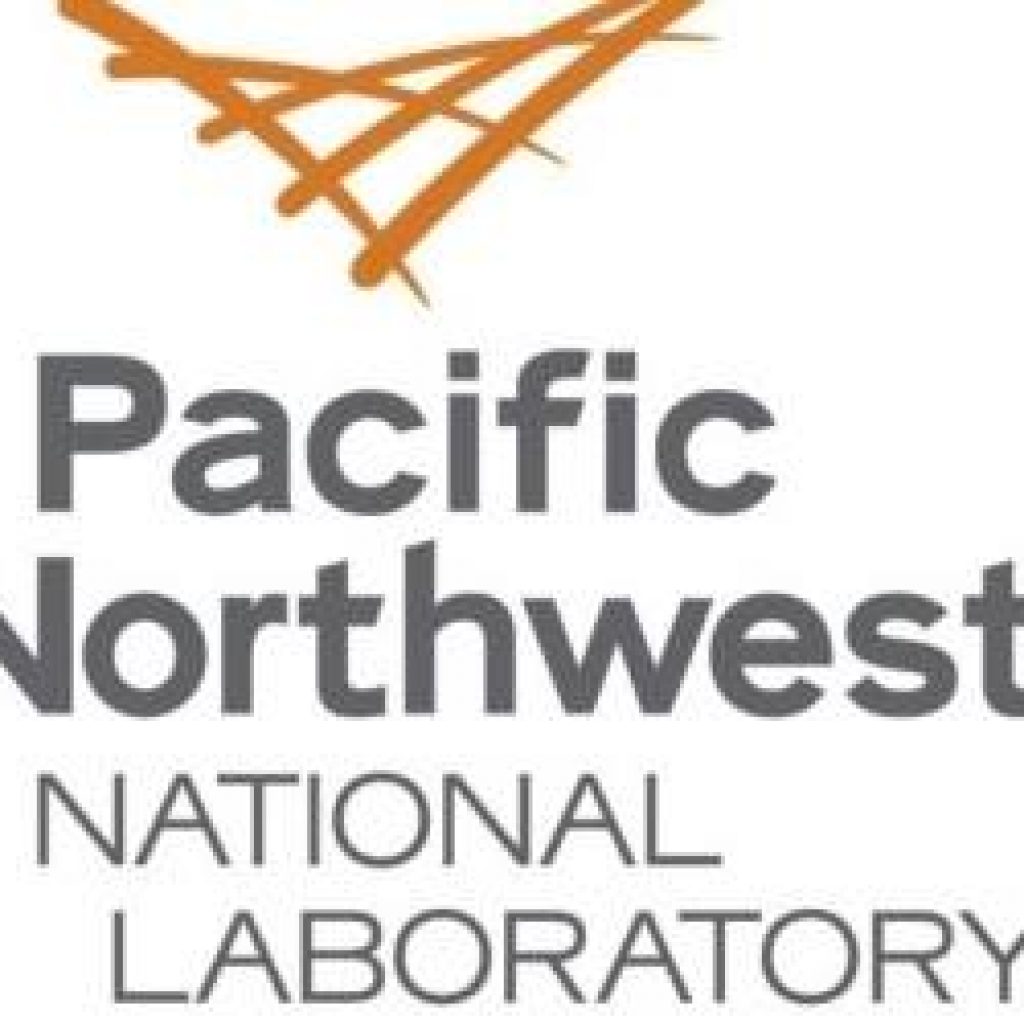(NewsWise) The use of quantum simulations will significantly advance scientists’ understanding of chemical processes. These processes are key to fields such as catalysis, photochemistry, biochemistry, and materials science. Recent work at the Pacific Northwest National Laboratory (PNNL) is a promising step toward creating accurate simulations of complex chemical systems. The connected moments approach significantly increases efficiency. This provides a novel route towards the effective use of quantum computers in the future for modeling chemical systems.
The researchers propose a new algorithm for performing quantum calculations on chemical systems that reduces the effect of random “noise” on the results. The approach uses a mathematical tool called “connected moments” first described 40 years ago. When applied to quantum calculations, the connected moments tool requires fewer qubits in quantum circuits to reach a desired level of accuracy for many-body systems. The researchers used their method to describe relatively simple models. This allowed them to compare the results and accuracy of their approach with previously validated full-scale computing models.
To address the potential for error in quantum computing devices researchers developed a quantum computing approach that employs finite-order connected moment expansions and computationally affordable procedures for preparing the system’s initial state. They used a dihydrogen molecule potential energy surface and a model with a broad range of correlation strengths as test cases to evaluate the performance of this new approach. The results of the quantum calculations agree with results from established classical computing. This result establishes the novel approach as robust, flexible, and accurate. The approach maintains good agreement with the exact solutions even at the dissociation and strong correlation limits, providing further evidence of the broad utility of this approach.
This work was supported by the “Embedding QC into Many-body Frameworks for Strongly Correlated Molecular and Materials Systems” project funded by the Department of Energy Office of Science, Office of Basic Energy Sciences and the Division of Chemical Sciences, Geosciences, and Biosciences.
“Connected moments” and quantum computing improve “many body” chemical simulations
